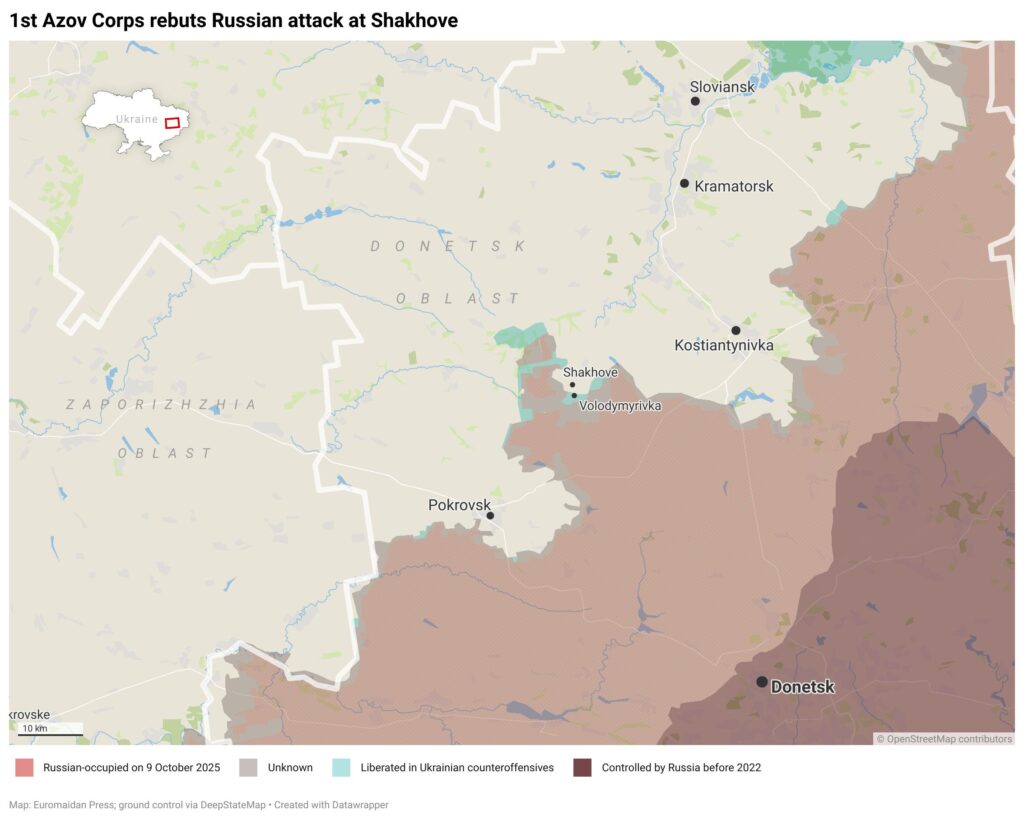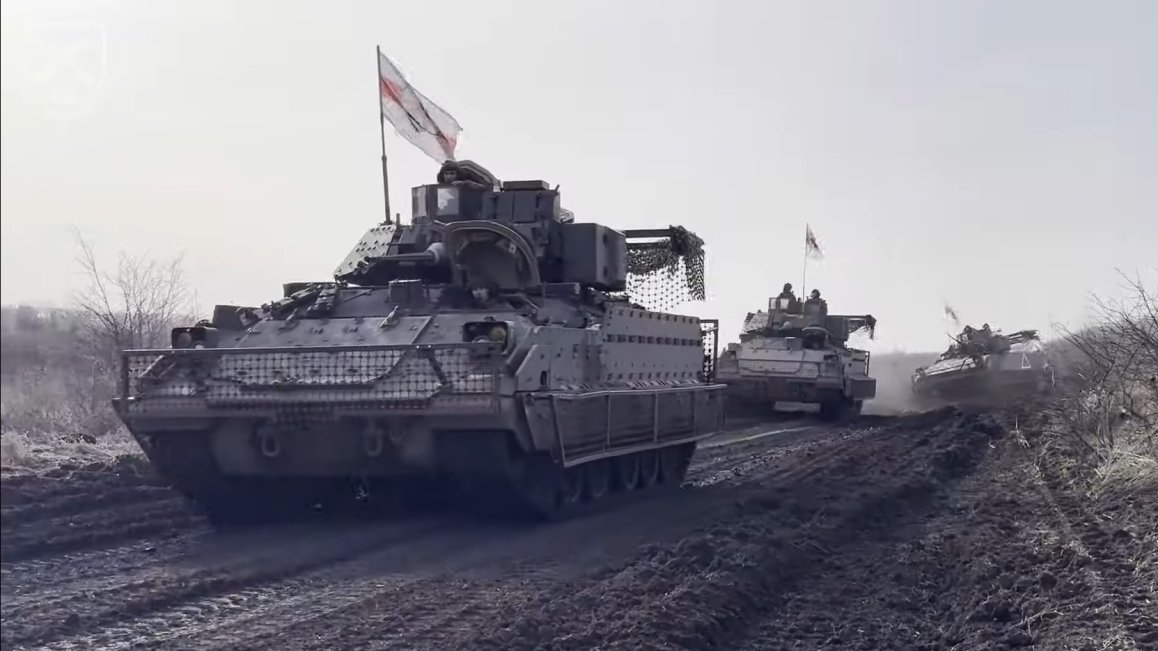- Russia hoarded hundreds of tanks for a year to fuel a major mechanized offensive
- Those tanks are now rolling into battle near Pokrovsk—including Russia's newest T-80BVM and T-90M models
- The first engagements have been catastrophic: at least 20 vehicles destroyed in a single assault
- Russia's factories produced maybe 10 new T-90Ms this year—they can't replace what's burning at Pokrovsk
Russia spent nearly a year carefully stockpiling every available tank and armored vehicle for a major mechanized offensive in Donetsk Oblast. That offensive is now fully underway—and it's turning into a bloodbath for Russian armor.
On 9 October alone, Ukrainian forces destroyed at least 20 vehicles from a column of three dozen tanks and fighting vehicles assaulting near Pokrovsk. The losses matter because Russia can't replace what it's losing: the country's two tank factories may have produced just 10 new T-90M tanks this year.
That doesn't mean the Russians won't gain ground around the fortress city of Pokrovsk, one of the last urban strongpoints between the 150,000-man Russian Central Grouping of Forces and the twin cities of Kramatorsk and Sloviansk in western Donetsk.
It does mean the Russians are paying dearly for any ground they do gain. And they're losing many of those tanks and AFVs they spent so much time stockpiling.
A year of hoarding, destroyed in hours
The most recent mechanized assault near Pokrovsk was also one of the biggest in recent memory.

On 9 October, around three dozen Russian tanks and AFVs, plus no fewer than 40 motorcycle troops, rushed toward the village of Shakhove, 20 km north of Pokrovsk.
Shakhove anchors Ukrainian defenses east of a 40-square-kilometer salient that Russian troops carved out of Ukrainian-held ground north of Pokrovsk this summer. The Ukrainian 225th Assault Regiment garrisons the village with support from the 1st Azov Corps.
"The enemy carried out offensive actions in several waves and from different directions," the 1st Azov Brigade reported. "Initially, groups of motorcyclists advanced, followed by columns of armored vehicles—tanks and armored personnel carriers with infantry." (See the video below.)
Ukrainian mines, drones, and artillery hit at least 20 vehicles and scattered the survivors in the contested village of Volodymyrivka, just south of Shakhove. At night, Ukrainian bomber drones equipped with infrared cameras hunted down the survivors.
By morning, there were no Russians left in Volodymyrivka, the 1st Azov Corps reported.
Russia's newest tanks join the carnage
It's unclear which Russian formations were involved in the disastrous assault, but it's possible they included the five marine brigades and regiments the Kremlin rushed to the Pokrovsk front shortly after the 1st Azov Corps began counterattacking the salient in August.
If so, it's possible those marine units, including the 40th and 155th Naval Infantry Brigades, lost some of their few new T-80BVM tanks.
Russia's production crisis makes every loss count
Russian industry has struggled to produce new tanks to replace the thousands of tanks Russian forces have lost in Ukraine. There are two tank factories in Russia: the Uralvagonzavod factory near the Ural Mountains and the Omsktransmash factory in Siberia.
- Uralvagonzavod builds new diesel-powered T-90Ms and T-72B3Ms, usually by upgrading the hull from an existing older tank.
- Omsktransmash builds new gas turbine T-80BVMs the same way: by installing new systems in an old T-80 hull left over from the Cold War.
Neither factory is producing very many tanks. And that makes those recent tank losses near Pokrovsk all the more painful for the Russians.
The Kremlin also regenerates old T-55, T-62, T-64, T-72 and T-80 tanks that have been sitting in open storage for decades, but there are just 2,500 of those left—and many are in very poor condition.
The available evidence seems to indicate that production of new T-90M tanks at Uralvagonzavod has fallen off a cliff this year as stocks of older T-90A hulls have run out.
The factory may have delivered just 10 T-90Ms between January and mid-August 2025, according to a careful analysis from former British Army intelligence officer Sergio Miller.
Omsktransmash may have a steadier supply of T-80 hulls. There's recent photographic evidence of 2024- and 2025-vintage T-80BVMs in service with the 40th and 155th Naval Infantry Brigades.
It's hard to say exactly how many new tanks the marine brigades can commit to their offensive around Pokrovsk. It's enough to spook Ukrainian troops, however. "They have prepared a lot of forces and [are] ready for the last, final battle for the rest of Donetsk Oblast," wrote Kriegsforscher, a Ukrainian drone operator. "We will see again the usage of AFV columns. And it will be very bloody for both sides."
The Russians did most of the bleeding yesterday as their tanks and AFVs ran into a wall of mines, drones, and artillery near Shakhove.
Why these losses matter:
- Russia's mechanized breakthrough is bleeding out its armor reserves
- Russia spent a year stockpiling armor for this offensive
- New T-90M and T-80BVM tanks take months to produce
- Catastrophic engagements like Shakhove consume that stockpile in hours






